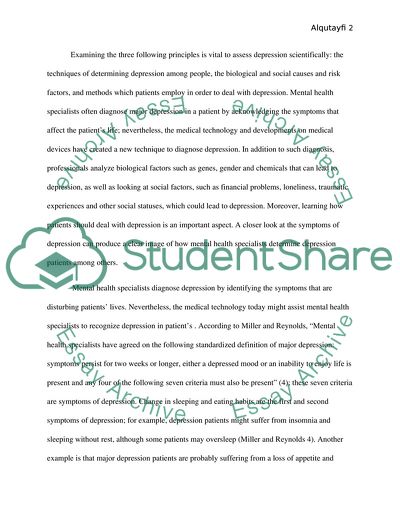Cite this document
(Common Symptoms and Causes of Depression and Coping Mechanisms Term Paper Example | Topics and Well Written Essays - 1250 words, n.d.)
Common Symptoms and Causes of Depression and Coping Mechanisms Term Paper Example | Topics and Well Written Essays - 1250 words. https://studentshare.org/psychology/1799960-depression
Common Symptoms and Causes of Depression and Coping Mechanisms Term Paper Example | Topics and Well Written Essays - 1250 words. https://studentshare.org/psychology/1799960-depression
(Common Symptoms and Causes of Depression and Coping Mechanisms Term Paper Example | Topics and Well Written Essays - 1250 Words)
Common Symptoms and Causes of Depression and Coping Mechanisms Term Paper Example | Topics and Well Written Essays - 1250 Words. https://studentshare.org/psychology/1799960-depression.
Common Symptoms and Causes of Depression and Coping Mechanisms Term Paper Example | Topics and Well Written Essays - 1250 Words. https://studentshare.org/psychology/1799960-depression.
“Common Symptoms and Causes of Depression and Coping Mechanisms Term Paper Example | Topics and Well Written Essays - 1250 Words”. https://studentshare.org/psychology/1799960-depression.


